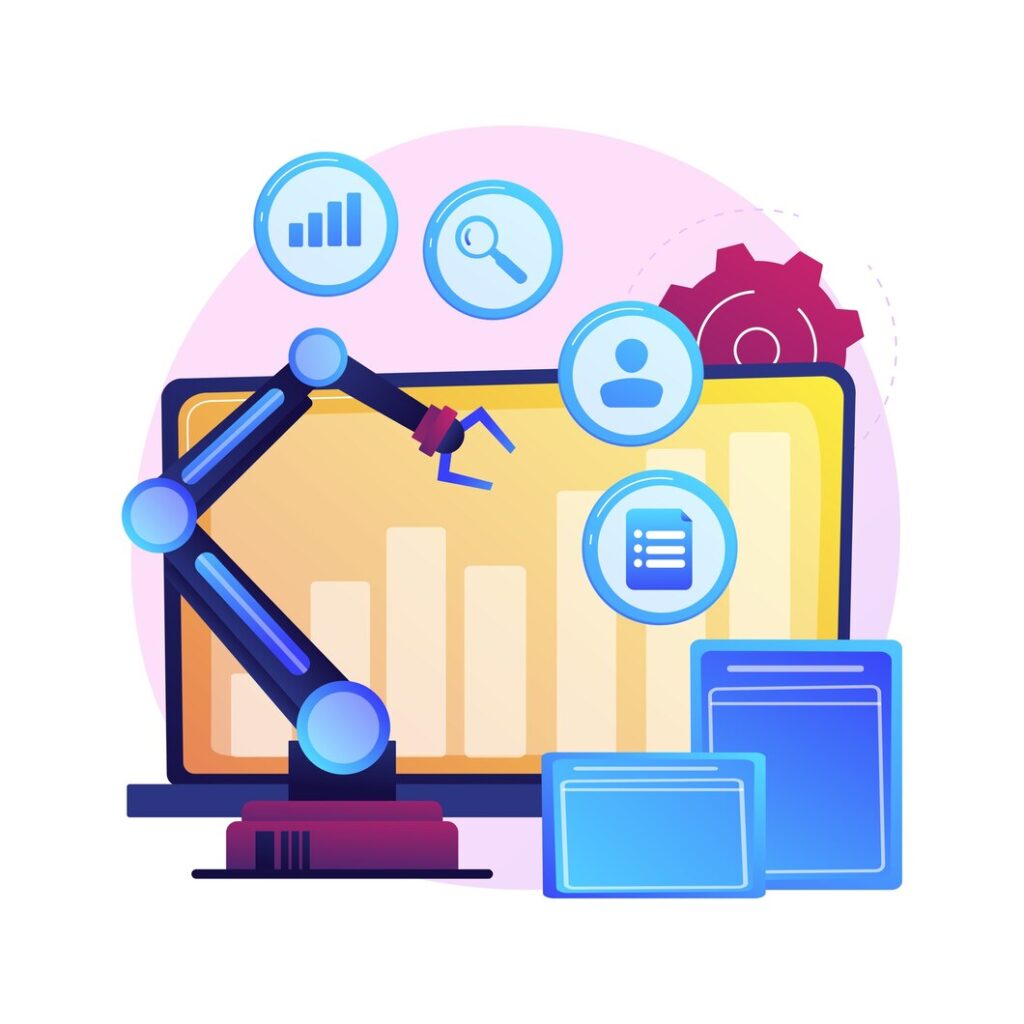 In 2025, business process automation (BPA) is more essential than ever for boosting efficiency and productivity. Here’s a look at the top tools that can help your business thrive.
In 2025, business process automation (BPA) is more essential than ever for boosting efficiency and productivity. Here’s a look at the top tools that can help your business thrive.1. What is Business Process Automation?
Business Process Automation involves using technology to streamline and automate complex business processes, reducing manual effort and minimizing errors. Business process automation tools
2. Benefits of Automation Tools
- Increased Efficiency: Automate repetitive tasks to save time.
- Cost Reduction: Lower operational costs by reducing manual labor.
- Improved Accuracy: Minimize human errors with consistent processes.
- Scalability: Easily scale operations without additional resources.
3. Top Automation Tools for 2025
1. Zapier
Zapier connects different apps and automates workflows, allowing seamless data transfer and task automation across platforms.
- Key Features: Custom workflows, integration with thousands of apps.
- Use Cases: Automate marketing, customer support, and data entry.
2. UiPath
UiPath offers advanced robotic process automation (RPA) solutions for automating complex tasks with ease.
- Key Features: Drag-and-drop interface, AI integration.
- Use Cases: Automate finance, HR, and IT operations.
3. Trello with Butler Automation
Trello, combined with Butler, automates project management tasks, making team collaboration more efficient.
- Key Features: Rule-based automation, custom triggers.
- Use Cases: Streamline project workflows and task assignments.
4. Monday.com
Monday.com offers robust automation features to manage and optimize work processes across teams.
- Key Features: Visual workflows, customizable automations.
- Use Cases: Enhance project tracking, communication, and reporting.
5. HubSpot
HubSpot automates marketing, sales, and customer service processes, providing an all-in-one business solution.
- Key Features: Email automation, lead management, analytics.
- Use Cases: Automate customer engagement and marketing campaigns.
4. How to Choose the Right Tool
- Assess Your Needs: Identify which processes need automation.
- Budget Considerations: Evaluate the cost-effectiveness of each tool.
- Scalability: Ensure the tool can grow with your business.
- Integration: Check compatibility with existing systems and apps.
5. Implementing Automation Successfully
- Start Small: Begin with simple processes and gradually expand.
- Train Your Team: Provide comprehensive training for effective tool use.
- Monitor and Adjust: Continuously review and optimize automated workflows.
Conclusion
Embracing business process automation tools is key to unlocking efficiency and staying competitive in 2025. By selecting the right tools and implementing them effectively, your business can achieve greater productivity and success.